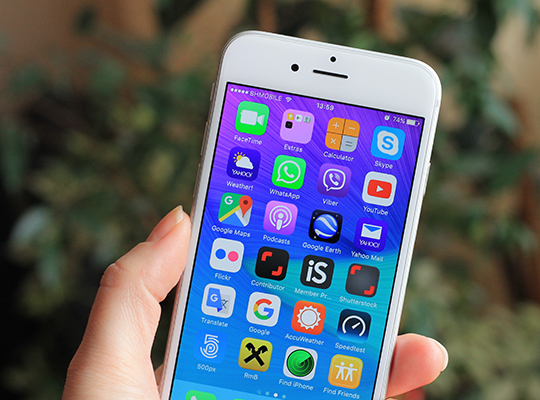Sighted assistance can be a crucial component to the workplace accommodation plans of employees with blindness or low vision. This is a practice in which a sighted individual provides descriptions of objects, buildings, or locations to a person with a vision impairment, allowing them to interact and engage with otherwise inaccessible elements in their environment. In the wake of COVID-19, social distancing measures have raised unique challenges for those in need of sighted assistance. Employers looking to provide an assistant to an employee with a vision impairment may have concerns about the close contact that may at times be necessary. While there may not be a perfect alternative solution for in-person sighted assistance, there are many options for virtual assistance that can be used while observing social distance.
Aira is a service that connects users with blindness or low vision to a trained sighted assistant virtually through a mobile app. Users can call for assistance through the app, which will then allow video streaming to an Aira agent. By assessing and describing the information relayed through the video stream, the agent is able to assist the user in a variety of tasks from reading a hand-written document to counting money. Aira is a paid service, and users can choose a time-based plan that works for their needs.
In addition to Aira, individuals can use virtual sighted assistance through the Be My Eyes app. Through this free service, assistance is provided by volunteers who are connected to users via smartphone stream. The volunteers describe the user’s surroundings based on the input from the phone’s camera.
Many employers are hesitant to use virtual sighted assistance services like Aira and Be My Eyes due to concerns about confidential information. For those who need help accessing sensitive materials, Be My Eyes has a Work version in which employers can create custom profiles for their business. With this system, the employee with low vision can be instantly connected to someone within their own workplace for assistance, helping to keep confidential information within the company.
BeSpecular is another app using community-based assistance through a smartphone app. Rather than providing a video stream, the user sends a photo to an agent, who then responds with a voice message describing the image or answering the user’s question.
For those who are interested in navigation and wayfinding assistance, RightHear is another solution to consider. This system involves the creation of a virtual building map and the installation of beacons throughout the premises. Employees then download a mobile app which connects them to this virtual building and guides them through their mobile narration program as they navigate throughout.
Virtual sighted assistance can help to bridge the gap created by social distancing needs for those with blindness or low vision. Employers with questions about implementing these programs in their workplace should contact JAN for an individualized consultation.


